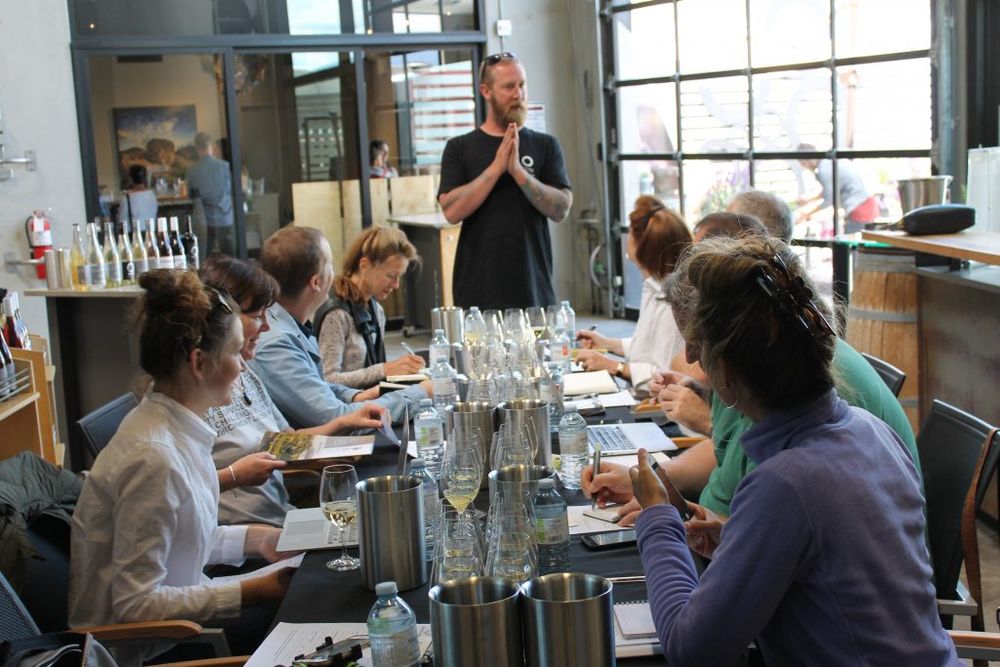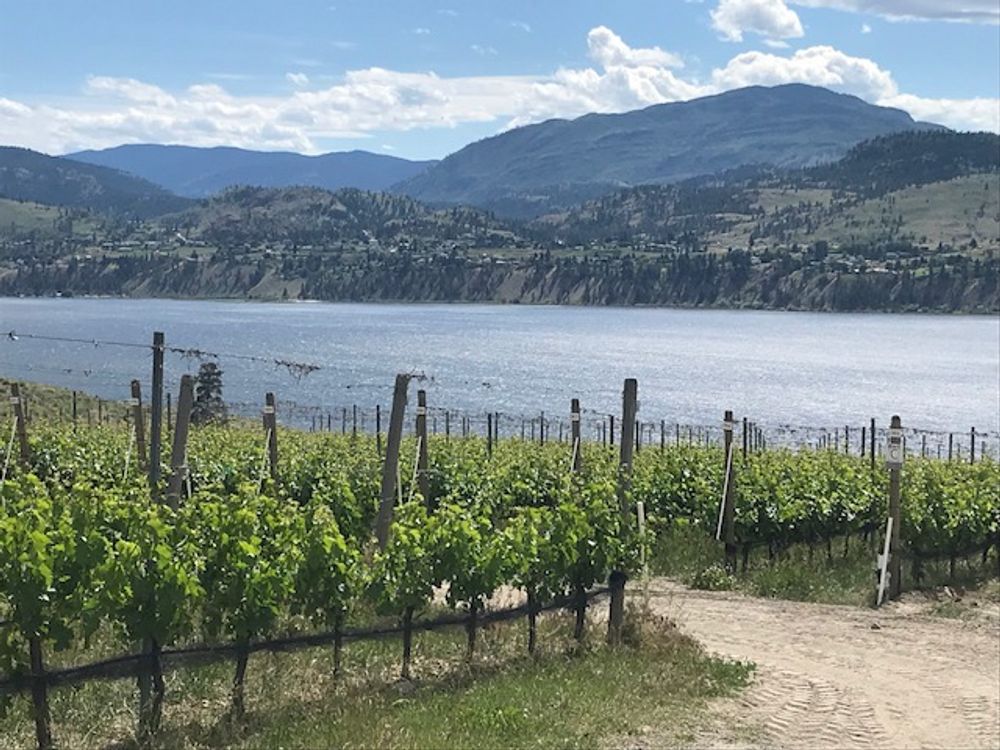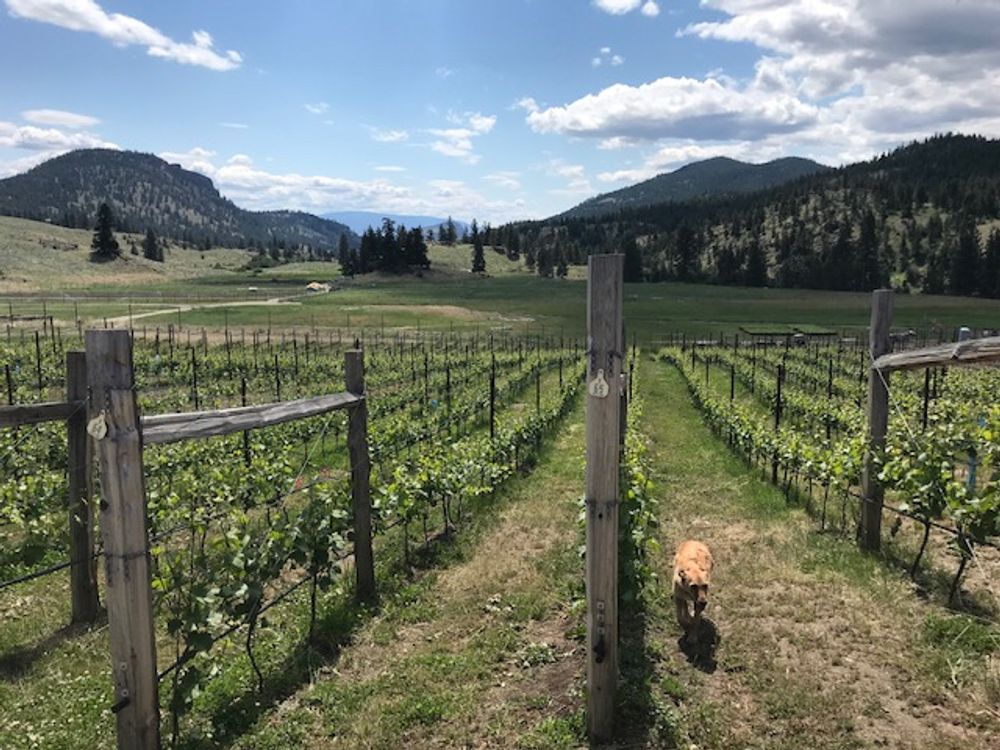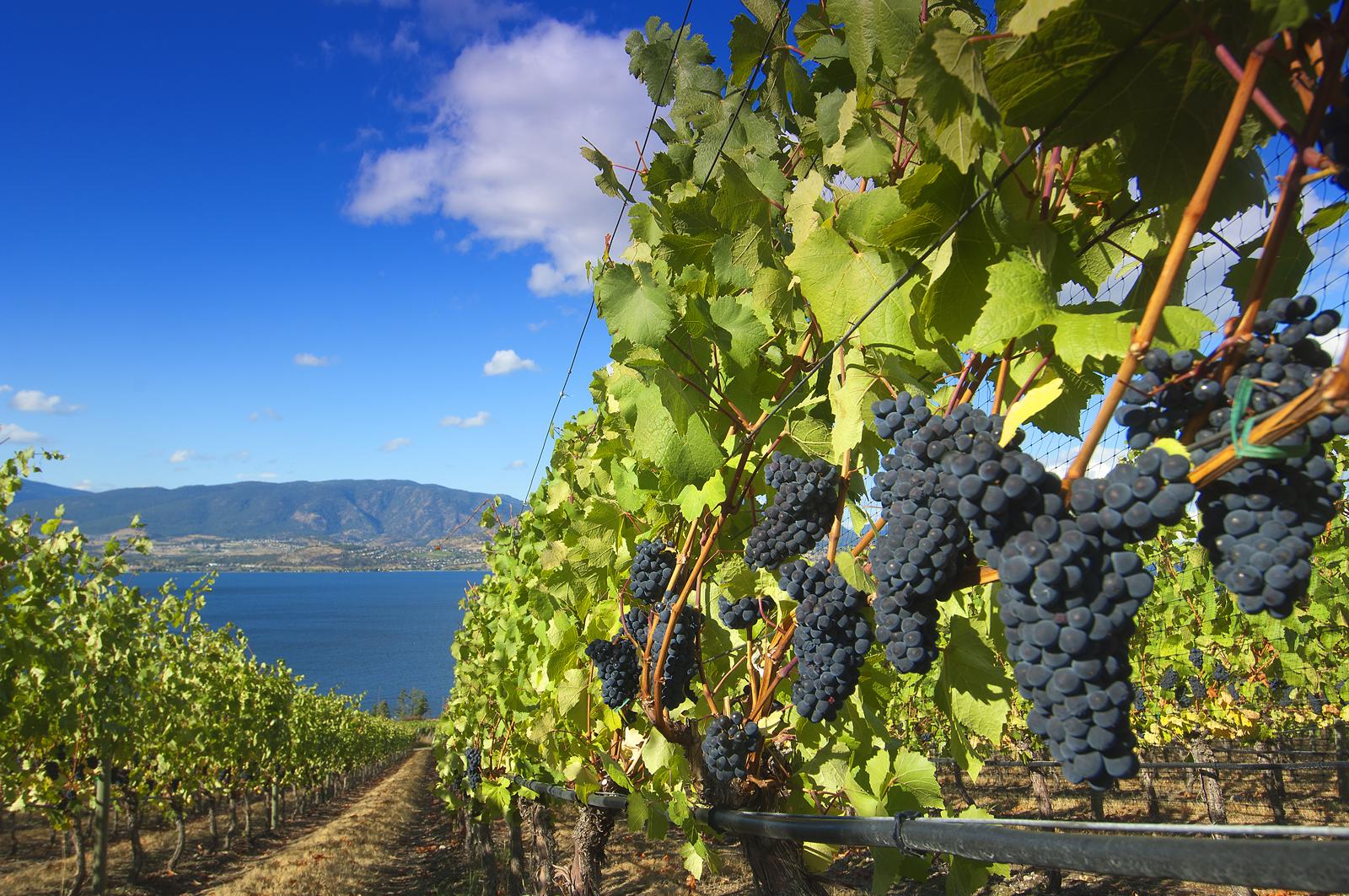The Okanagan Valley is a wine region on the move driven by a group of like minded producers whose collective efforts are helping to make not only world class wines, but also have the marketing and PR skills to sell them.
There are a number of wine collectives around the world that are looking to use their combined skills, experience and know how to further all their causes at the same time. Be it Australia’s First Families of Wine or the young winemakers that make up Generation Riesling in Germany. They have shown how effective working together can be for ambitious like-minded producers.
As is the case with the Okanagan Wine Initiative that has brought seven of the most forward thinking producers from the Okanagan Valley together to present a united voice. They also have their own distinctive wines and styles and approaches to winemaking that makes them just as interesting on their own as they are together.
In no particular order the seven are 50th Parallel Estate Winery, Culmina Family Estate Winery, Haywire Wines, Liquidity Wines, Painted Rock Estate Winery, Poplar Grove Winery, and Summerhill Pyramid Winery.

The beautifully designed home of Okanagan Crush Pad
The Okanagan Crush Pad is doing a lot of the things right for other Canadian producers to follow. It has the wines, the back story, the cool looking winery and a vibe and feel about it that just makes it stand out. How many other wineries have you been to that actually has a shop, tasting and eating area right in amongst all the tanks. Throughout our visit there was a constant stream of locals and visitors coming up to taste, drink and buy wines.
It’s also well down on the road to making distinctive standalone brands, some of which are gaining traction and accolades in the UK. Particularly for its Haywire and Narrative labels that Nik Darlington and Red Squirrel Wines have been listing championing and listing for some time. It’s hoped Haywire, for example, could be a 50,000 9 litre case brand within five years.
The emphasis here is not just on cement fermentation, but on natural and biodynamic winemaking. Not for any holy moly reasons, just because that is what the owners, Christine Coletta and Steve Lornie, and winemaker, Matt Dumayne, a charismatic, straight talking Kiwi, who ended up in Canada in 2013 after numerous vintages home in New Zealand and then in Australia, California and Oregon, want to make.
Dumayne is a self-dubbed “Captain Concrete” and says he loves the chance to use the eggs for natural ferments where the natural yeasts in the egg walls all add to the flavours, and complexities you get in the wines. “There is much more mouth feel than you get with stainless steel,” he says, who compares the Okanagan to Central Otago “only hotter”.
“The eggs also breathe like a barrel, but there is just a lot slower regression of oxygen, and you don’t get the barrel influence.”
He admits there are influences from around the world in the wines he wants to make, but ultimately he’s “trying to make Okanagan wines, not Burgundy”.
“The whole area has come on leaps and bounds in the last eight years. Particularly in terms of balance, texture and acidity,” he adds.

Matt Dumayne, winemaker at Okanagan Crush Pad, takes the travelling UK press corps through his Haywire wines
His attitude to winemaking is certainly as refreshing as the wines he wants to make. “I I can’t drink a bottle of a wine that I have made myself then that’s a problem. I don’t want to have a glass and make it feel like my twelfth. They need to be fresh,” he claims.
Big investment
The vibe at Painted Rock is part private club, health spa, never mind a working winery. The central bar area is impressive in itself until you turn around and see the view overlooking the lake.
Skinner is also doing well internationally and has particular high praise for the work it has been able to do with The Wine Treasury in the UK over the last three years. “They really have been a very help for us. They have just got this laser focus and we were there first Canadian wine,” he explains.
He says he was going particularly well in China but has brought much of those exports back to ensure he has enough wine to build his presence in other key markets. “It worked well initially in China and gave me the chance to us that to build a profile in Europe, particularly Germany and the UK.”

Painted Rock is the closest you can get to the lake without getting wet
Cabernet Franc is performing particularly well at Painted Rock as is its Syrah, and Icon blend of Bordeaux varietals and a splash of Malbec.
“European buyers are saying our wines are comparable to the Rhone. But I go and do a lot of listening. I am not going anywhere with the answers,” he adds. “It’s all about building up layers. Which is why the Okanagan Wine Initiative is so important. We can all do this and learn our international strategy together.
“We have to think bigger picture and get the Okanagan out there in the world. We should be pleased to show each others wines. We can all grow together over time. We are all family owned and understand our terroir and what our messages are,” says Skinner.
“The biggest challenge is convincing people that it is not just about a transaction for us, but about building a brand. Even my French Bordeaux consultant said to me it’s not about making Bordeaux wines here. It’s about making Okanagan wines.”
The Summerhill Pyramid Winery is arguably the most set up of all the wineries in terms of taking tours and tourism, with a large visitor centre, restaurants and shop. And of course the added attraction of the four story high replica of the Great Pyramid of Egypt.
It is also further down the line in terms of exports, having first started out in 1991. It has built a strong position for its ice wines in China and Asia and is using that distribution to now follow up with its range of premium Canadian sparkling wines. It has even developed a hologram to fit on some of its labels as an anti-counterfeiting measure.

Winery with a view: Summerhill
Outside help
What also brings the Okanagan Initiative together is their willingness to bring in outside expertise, consultants and viticulturists to help them go to the next level.
Painted Rock works very closely with Bordeaux consultant Alain Sutre and Tony Holler at Poplar Grover worked with soil scientists from UC Davis to ensure he was buying the right land for his 45,000 hectares in southern Okanagan.
“I come from the pharmaceutical sector and we used consultants all the time. It’s no different here and we can call on experts from wherever we want, be it Napa, Italy, Bordeaux,” says Holler. “After all France has got 1,000 years start on us. So there is a lot we can learn. We are using lots of science and data in the vineyards. Its key to what we want to do and can really help us advance our wines.”
It was because of the soil analysis that Poplar Groves vines undulate up and down the valley, going with the flow of the land. Holler admits its initial temptation was to drill down and level the area, but the analysis showed how rich the top soil was in soil and calcium and ideal for the vines.

The stunning scenery that stretches down to Culmina’s vineyards
It’s a similar story at Culmina Family Estate Winery and the Triggs family. Again soil analysis helped them find a unique position in the south of the valley (the Golden Mile sub appellation) where it could plant vines in virgin soil for grape growing. “We did not want to inherit other people’s decision making,” says daughter, Sara Triggs. “So we could only do that that in the south.”
Here they can really make the most of the ancient glacial rocks and soils, which are heavy in minerals. It was able to carry out water analysis and 22 soil studies and look at how the property performed throughout the year to determine the right plots for which varieties, explains Triggs.
“It’s why we have 44 micro blocks on 56 acres,” she adds.
The steep slopes on the property means there can be a couple of weeks difference between when grapes are picked due to the amount of sunlight or shadows the vines are under.
Here they are having to experiment with bush vines and dry land farming as there is such little rainfall “and we can become less dependent on water,” says Triggs.
Breaking new ground
Behind the scenes at the Crush Pad are consultants Alberto Antonini and David Scholefield as well as Chilean viticulturalist Pedro Parra who have all helped pick out the right sites for vines and certain varieties.

The new vines in the Garnet Valley, the first to be grown there
It was certainly their influence that has seen it grow vines in the Garnet Valley, the first producer to do so, in what can now claim to be Canada’s highest altitude vineyard at 680m. You almost expect John Wayne to come riding down the mountains that overlook this beautiful location. It might be away from the lake but the mountains actually act as a similar cooling influence.
With land so expensive and scarce in the main valley we can expect to see more producers taking their lead and looking for native land to grow vines. The Crush Pad team currently only has 45 acres of their 320 acre Garnet Valley property planted with vines, but say they could have up to 80 acres in due course.
“Wineries are certainly looking for new, unused place to grow vines,” says Coletta.
It’s all part of the ever changing, always moving Okanagan Valley wine scene.
































